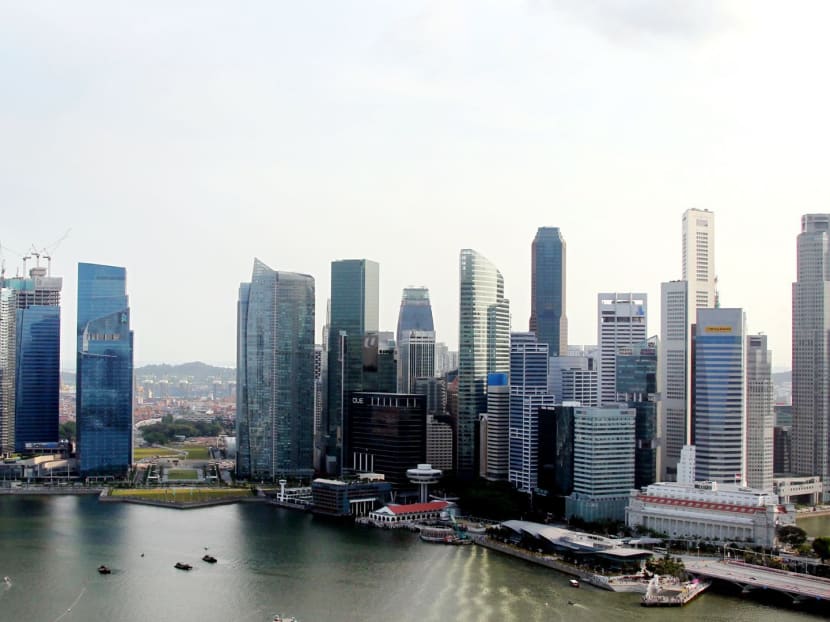Normalising of US interest rate positive for S’pore: Lawrence Wong
SINGAPORE — The eventual normalising of interest rates by the United States Federal Reserve will be a positive development for Singapore, even though a small portion of households and companies may be hurt by higher borrowing costs, Minister for Culture, Community and Youth Mr Lawrence Wong said yesterday.
SINGAPORE — The eventual normalising of interest rates by the United States Federal Reserve will be a positive development for Singapore, even though a small portion of households and companies may be hurt by higher borrowing costs, Minister for Culture, Community and Youth Mr Lawrence Wong said yesterday.
Addressing Parliamentary queries on the impact of higher US rates on behalf of the Prime Minister, Mr Wong said higher rates will be a welcome sign of sustained recovery in the world’s largest economy, which should in turn benefit Singapore and Singapore exports, while enabling a more appropriate pricing of risk. “The alternative of continued, prolonged low interest rates will likely lead to borrowing excesses and financial market instability,” he warned. Rates in Singapore tend to move in line with those in the US.
Mr Wong added that the negative impact of higher rates will be limited, as the slew of macro-prudential measures the Government has put in place since 2009 has helped reduce debt levels and strengthened the financial system.
“The overall financial position of the household sector remains healthy. However, a small segment of highly leveraged households could be vulnerable should interest rates rise more quickly than expected. We are taking a series of measures to encourage financial prudence … and they have helped to reduce the impact of eventual interest rate hike,” Mr Wong said, referring to measures including the Total Debt Servicing Ratio framework introduced last year and tightened loan-to-value ratios for property loans.
“Taken together, the measures have tempered the growth of household debt, from the peak of nearly 13 per cent year-on-year in Q3 in 2011, to 5.6 per cent in Q2 this year … The proportion of borrowers taking multiple housing loans has also declined,” he added.
Last week, the US Federal Reserve announced the end of its quantitative easing policies, but added it will keep its benchmark short-term rate near zero for a “considerable time”. Most economists expect the rate hike to take place in the second half next year.
Also in Parliament yesterday, Senior Minister of State for Trade and Industry Lee Yi Shyan addressed questions from Ms Foo Mee Har, MP for West Coast GRC, on the impact of restructuring on economic growth and whether the Government’s policies to raise productivity require a re-look following very mixed progress in recent years.
Mr Lee said: “Our long-term GDP growth target is between 3 and 5 per cent, but this is on the optimistic assumption that the external environment is favourable and we can achieve productivity growth of 1 to 3 per cent ... That is a very challenging target. So, most likely our GDP growth target for this decade will be between 2 and 4 per cent.”
Correction: In an earlier version of this story, the headline read “US interest rate hike positive for S’pore: Lawrence Wong”. This is incorrect. Mr Wong had said the normalising of interest rates in the US signals a sustained recovery in the US, which should be positive for Singapore. We are sorry for the error.







